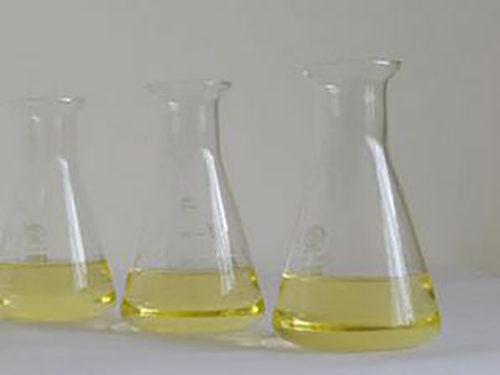Exploring the Principles and Applications of Coagulation and Flocculation in Water Treatment
Coagulation and Flocculation Essential Processes in Water Treatment
Coagulation and flocculation are critical processes in water treatment and purification, playing a vital role in ensuring safe drinking water and maintaining water quality in various applications. These processes help remove suspended particles, colloids, and microorganisms from water, thereby improving its clarity and making it suitable for consumption and industrial use.
Coagulation is the first step in the treatment process. It involves the addition of coagulants—chemical substances such as aluminum sulfate (alum), ferric chloride, or polyaluminum chloride to water. These chemicals neutralize the charge on suspended particles, which are predominantly negatively charged, causing them to aggregate. The mechanism behind this involves the destabilization of the particles, which promotes the formation of larger aggregates, or flocs. As the particles collide and stick together, they form larger clumps, making it easier to separate them from water.
Following coagulation, the flocculation process occurs. This stage involves gentle mixing of the water to encourage the flocs to collide and grow larger. In flocculation, a combination of mechanical stirring and the addition of flocculants, which are substances that promote the aggregation of particles, can be employed. Common flocculants include polyacrylamide and natural polymers such as starch and guar gum. The goal of flocculation is to increase the size of these aggregated particles, making them heavy enough to settle out during subsequent sedimentation or removal processes.
coagulation and flocculation

The effectiveness of coagulation and flocculation depends on several factors, including the nature of the water being treated, the type and dose of coagulants used, and the mixing intensity. Different water sources contain varying amounts of suspended solids, organic matter, and other impurities, which can influence the choice of coagulants. Additionally, the pH of the water can significantly affect the performance of these chemicals; therefore, adjustments may be necessary to optimize coagulation and flocculation conditions.
Once the coagulation and flocculation processes are complete, the next step is sedimentation or the removal of the flocs. Sedimentation allows the larger flocs to settle to the bottom of the treatment tank due to gravity, forming a sludge that can be removed. This step is crucial as it significantly reduces the turbidity of the water, leaving behind clearer water that can undergo further treatment processes, such as filtration and disinfection.
In modern water treatment facilities, coagulation and flocculation are vital in producing safe drinking water, complying with regulatory standards, and protecting public health. Moreover, these processes are not limited to drinking water treatment; they are also employed in wastewater treatment, industrial processes, and even in natural water bodies for pollution control.
In conclusion, coagulation and flocculation are essential processes in the realm of water treatment, facilitating the removal of contaminants and improving water quality. As freshwater resources become increasingly limited, the efficiency and effectiveness of these processes will play a significant role in sustainable water management practices. Continued research and development in this field will further enhance our ability to provide clean water and protect the environment.
-
2 Phosphonobutane 1 2 4 Tricarboxylic Acid (PBTCA) – Superior Scale InhibitorNewsSep.01,2025
-
2 Phosphonobutane 1,2,4 Tricarboxylic Acid (PBTCA): Superior Scale & Corrosion InhibitorNewsAug.31,2025
-
Dodecyldimethylbenzylammonium Chloride: High-Purity DisinfectantNewsAug.30,2025
-
2-Phosphonobutane-1,2,4-Tricarboxylic Acid: Scale & CorrosionNewsAug.29,2025
-
Premium Isothiazolinones | Broad-Spectrum Biocidal SolutionsNewsAug.28,2025
-
LK-319 Special Scale And Corrosion Inhibitor For Steel Plants: Advanced Solutions for Industrial Water SystemsNewsAug.22,2025





